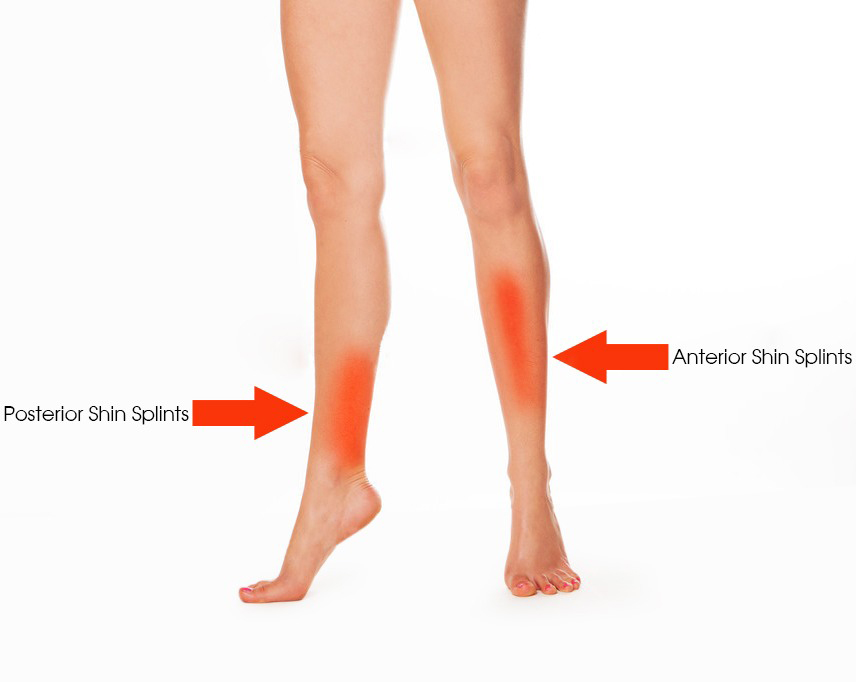Shin splints or Medial Tibial Stress Syndrome, pain felt along the front of your lower leg/shin bone and is common in runners or athletes who have recently intensified or changed their training routines, dancers and military recruits.
- Tenderness, soreness or pain along the inner side of your shinbone
- Mild swelling in your lower leg
- Pain may stop when you stop exercising
- The pain can be continuous and might progress to a stress reaction or stress fracture
- Irritated and swollen muscles from repetitive stress on the shinbone and the connective tissues that attach your muscles to the bone
- Sudden increase in distance or intensity of a workout schedule
- Tight Achilles tendon or weak ankle muscles are also often implicated in the development of shin splints.
- Excessive stress placed on one leg or one hip from running on uneven terrain, such as hills, or hard surfaces, such as concrete or always running in the same direction on a track.
- Overpronation or ”flat feet” — when the impact of a step makes your foot’s arch collapse or high arches
- Inadequate stretching
- Worn out shoes
- Putting an ice pack on your heel for 20 minutes several times a day helps reduce inflammation. Place a thin towel between the ice and your heel; do not apply ice directly to the skin.
- Gently stretch your Achilles and add strength training of legs to deal with high-impact sports.
- Avoid too much running or other high-impact activity that can overload the shins or switch to less impact activity, such as swimming, walking or biking
- Remember to start new activities slowly. Increase time and intensity gradually.
- Choose the right shoes and use Arch supports to help prevent the pain of shin splints, especially if you have flat arches.
- Use of shock-absorbing insoles might reduce shin splint symptoms and prevent recurrence.
- Orthotics
- Shoes
- Cold Pack


